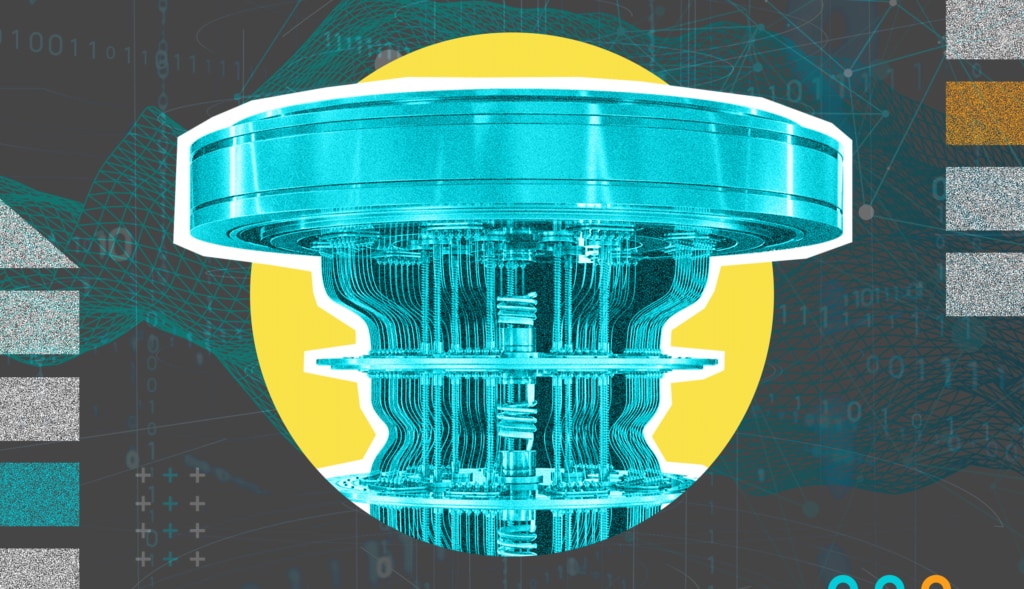As part of President Biden’s $2 trillion infrastructure investment plan, the administration had committed $180 billion to “
R&D and industries of the future.” It’s been made clear if the United States wants to stay ahead of the game, quantum computing must be a part of these investments and integrated into agency infrastructures. As Brandon Shopp, VP of product at SolarWinds
wrote in a recent GCN article, “One of the top five priorities outlined in the plan is quantum computing, which experts see as central to leapfrogging high-tech innovation and best positioning America as a technology leader.” While quantum computing is at the forefront of technology innovation, agencies must be mindful of how to prepare for it. Here are a few ways Shopp says agencies can do so:
Quantum Security
One of the top concerns agencies must be weary of is cybersecurity, specifically data encryption, Shopp says. He continues, “mature quantum computers have the potential to reduce this time by orders of magnitude, leaving bare databases, email, and communications to prying eyes. In other words, in a few short years, everything encrypted today will be at risk.” The intelligence community is so concerned about the threat the U.S. National Counterintelligence and Security Center recently issued a
fact sheet detailing how agencies can mitigate the risk posed by ‘strategic competitors’ like China, who are developing quantum programs aimed squarely at U.S. cyber defenses. “Without effective mitigation, the impact of adversarial use of a quantum computer could be devastating to national security systems and the nation,” the report states. Bottom line: agencies must be forward-looking and consider ways to safeguard themselves from potential threats to the encryption they’re using.
A Quantum-Ready Infrastructure
Agencies need to think about what quantum-ready infrastructures will look like to prepare for this game-changing technology. A long-term strategy is needed to align government agency priorities and unite private stakeholders. Shopp says, “Beyond R&D investment in computing components, any large-scale technology implementation will require more cooling, power, and transmission lines. When it comes to networking, will quantum protocols run over existing fiber? How will signals be amplified across campuses, cities, and states?”
If anything is certain about the future of quantum computing, we know there will need to be close collaboration, partnerships, and planning between many groups. Federal agencies, educational institutions, groups like the
National Institute of Standards and Technology, and the private sector are only a few organizations needing to work together to prepare for this change. Partnerships with other countries will only strengthen the United States’ position,
creating a trusted network of ideas, people, commerce, and values for this critical emerging technology.
IT Monitoring at Quantum Levels
IT monitoring will change in a big way with quantum computing. The good news is quantum computing would virtually eliminate glitches and outages from configuration changes; however, there’s a level of risk involved.
In his article for GCN, Shopp poses the following questions: “How do agencies scale the tools they use to monitor, manage, and maintain today’s systems to a quantum-based infrastructure? Is it possible without losing some level of visibility?”
No doubt agency leaders will need a purposeful plan with priorities laid out to ensure a seamless restructure of IT systems. Only a few have been listed here, but with some of these ideas in hand, your agency can be better prepared for implementation when the time comes. Establishing the infrastructure, network, and security to support quantum computing at the agency level may seem like a Herculean task, but at the end of the day, it will put the United States on the right trajectory to safeguarding our nation’s most valuable information.







